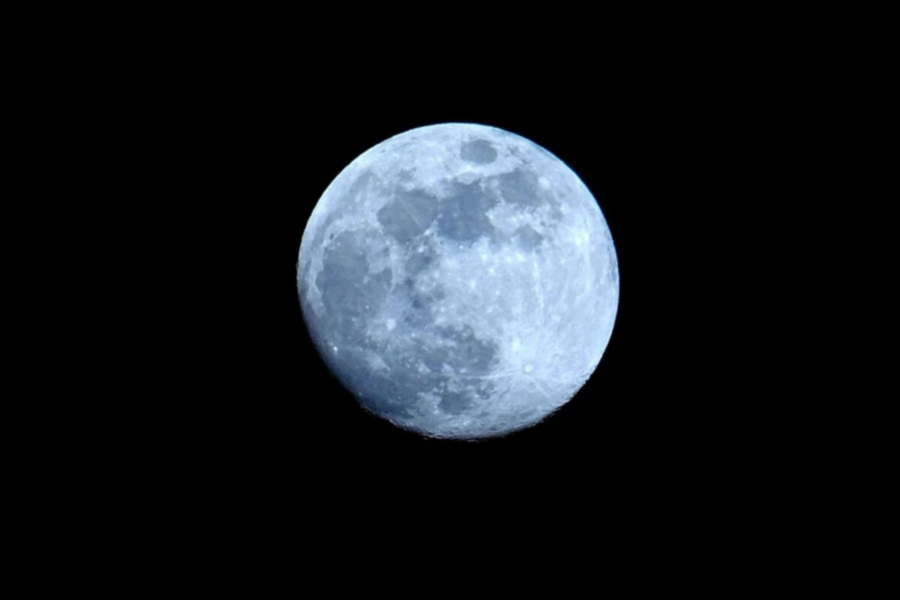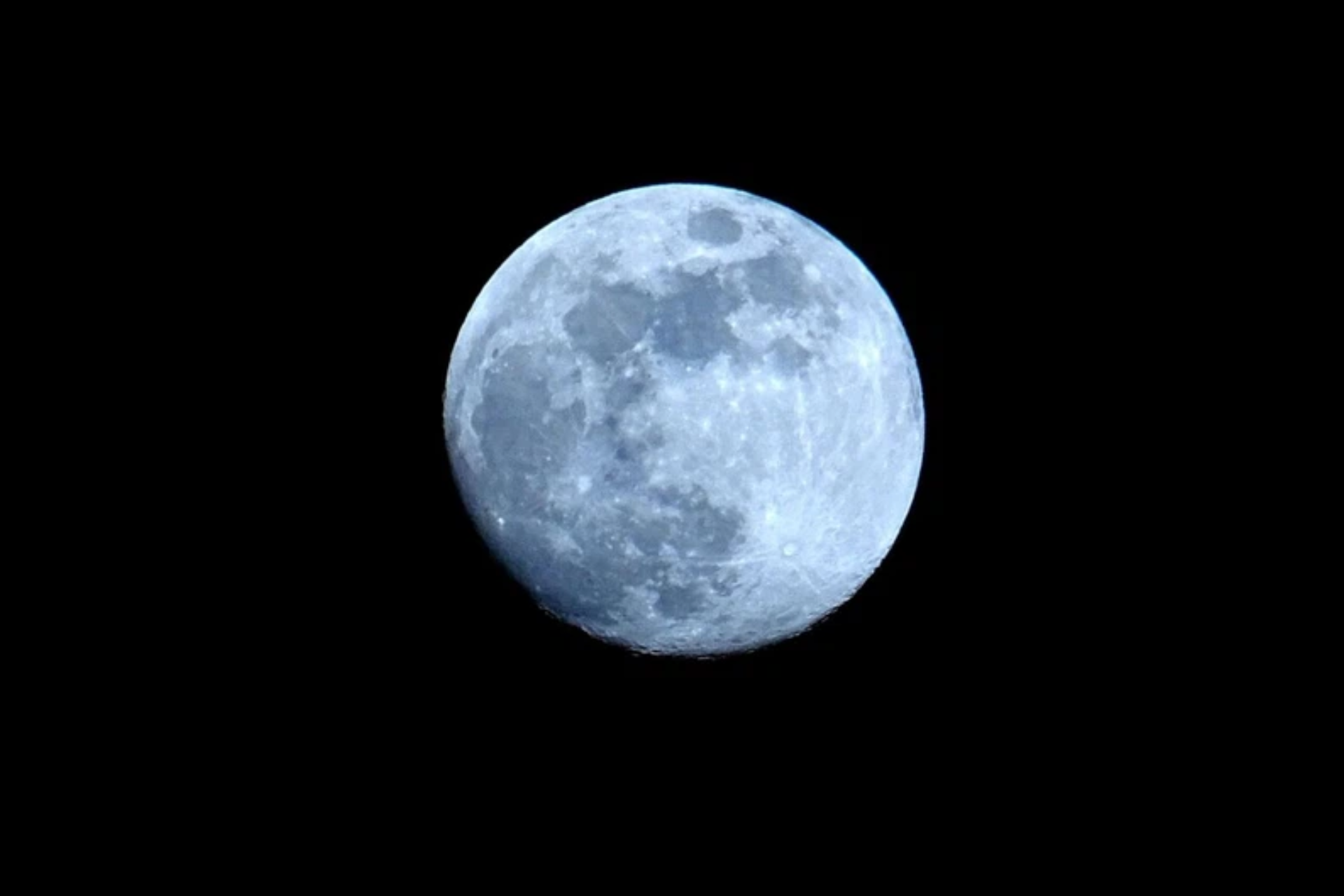
What is a blue moon — and why do we care?
People are looking up to see a blue moon in August this year. But what is a blue moon, and why do we care about it?

The Southern Hemisphere, which includes Southern Africa and Australia, is about to see a spectacular event. People are looking up to see a blue moon in August this year.
But what is a blue moon, and why do we care about it?
ALSO READ: Weather Watch: Why South Africa’s weather is getting weirder
Here’s what you should know about these types of events, and why people care to look at them throughout the year.
WHAT ARE BLUE MOONS?
There are two definitions for a blue moon.
ALSO READ: Full moons for the year: Including a BLUE MOON in August
1. A blue moon is the third full moon, counted within a season with four total full moons.
2. According to Cambridge Dictionary, a blue moon can also be the “second full moon in a month”. Sometimes this is also called a “monthly blue moon” to set it apart from the first.
A blue moon is special because it doesn’t happen too often.
ALSO READ: South Africa to experience ‘largest SUPERMOON of the year’ tonight! Details here…
The expression “once in a blue moon” has come to mean something that doesn’t happen often, according to Longman Dictionary.
WHAT ARE THE OTHER MOON TYPES?
There are other types too:
A blood moon is another name for a complete lunar eclipse. The name comes from the colour, as the full moon can appear red.
ALSO READ: ‘Rebel Moon’: Netflix shares teaser trailer, release date and more
A supermoon occurs when the moon is closest to Earth, according to NASA. Supermoons make the full moon appear slightly larger, and sometimes brighter as seen from Earth.
A harvest moon is the last full moon in March/April for the Southern Hemisphere. For the Northern Hemisphere, the harvest moon occurs in October/September.
ALSO READ: KZN South Coast: Check out SA’s hottest new property hotspot
